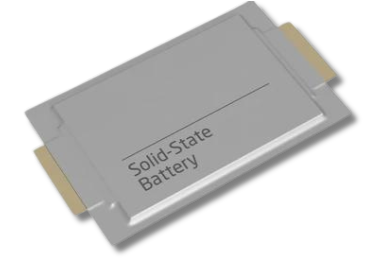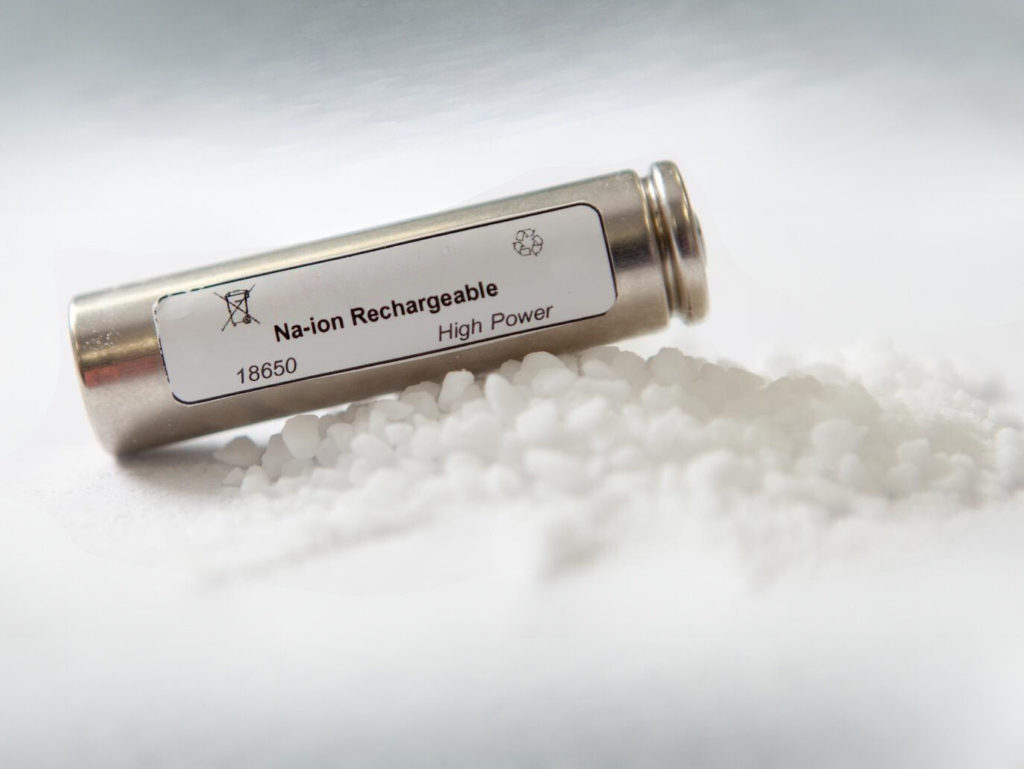Intrinsically Safe Battery

Powering Safety, Empowering Innovation
At ADOTT Solutions, we prioritize safety and innovation in all our projects. Our expertise in developing intrinsically safe accumulators ensures that your operations remain secure, even in the most hazardous environments. Discover how we power safety and empower innovation through our advanced battery technologies.
Explore our portfolio of groundbreaking projects where we've successfully implemented intrinsically safe accumulator technologies. From IoT tablets with solid-state batteries to cutting-edge sodium-ion batteries, our case studies demonstrate our commitment to advancing safety and performance in industrial applications.
Intrinsic Safety Services
Our specialized engineering team excels in designing, testing, and preparing products for certification that can be used in explosive atmospheres, such as those found in the oil and gas, chemical, pharmaceutical, and mining industries. We design printed circuit board (PCB) applications that fully abide by intrinsically safe design guidelines and are tested for both safety and quality controls.
Intrinsic Safety Services
- PCB and Mechanical design service for explosive environments (Zone0, Zone1)
- Compliance with industry standards and regulatory requirements
- Comprehensive documentation and safety manuals
- Certification management
Benefits
- Customized electric products for your special requirements
- Compliance with Industry Standards and Regulatory Requirements
(IEC 60079, IECEx, ATEX, UL913, UL & CSA, Inmetro, EACEx, PCEC) - Comprehensive Documentation and Safety Manuals
- Broad Industry Applications
Certified solutions for battery in explosive enviroments
-
IoT System with Solid State Battery
-
Safe-Separator Battery
-
Sodium-Ion Battery
Description
In hazardous environments, having a comprehensive understanding of gas concentrations is crucial. Traditional high-precision, calibrated gas sensors are often expensive and limited in number, providing precise data only at specific points. Our gas-sensing IoT system was developed to address this challenge by leveraging a cost-effective structure that allows for numerous sensing locations throughout a facility. While each sensor may not have the high resolution of more expensive counterparts, the extensive coverage they provide ensures a much better overall picture of gas presence and movement within the facility. Given that electricity is not always available at every sampling point, a battery-powered system was essential. Our high energy density battery packs enable easy mounting and long-lasting power, ensuring continuous monitoring even in challenging environments.

Key Features
- Individual hot-swappable sensor modules for detecting gas concentrations and other environmental properties
- First solid-state battery used in hot-swappable battery pack modules with high energy density.
- Different selectable radio-communication types (LoRA, WiFi, LTE, etc.)
- Optional number of battery packs – depending on the system consumption and the expected lifetime
- Compliance with Ex standards
Details
Thanks to the thorough investigation of a European market surveillance office on one of our prior designs, that utilized lithium battery, we developed new solutions that provide even higher levels of safety, and compliance to practically any interpretation of the standards. While the investigation was also closed without product recall.
Description
One of the key reasons for the thermal runaway process that is ignited within lithium batteries is the high temperature reached within the battery cell. With the current technological advancements, new shut-down separators have appeared on the market. These will be able to close the way to the ions between the electrodes upon reaching high temperatures by changing their chemical structure. This will prevent the flow of the ions, stopping the possibility of the discharge of the energy stored in the battery. This would disable the continuation of the heating, and cool down the battery before the thermal runaway would start.

Key Features
- Advanced safety uncompromised by high energy density
- Blocking battery discharge (and energy release) in case of high temperatures
- Standard cylindrical 21700 size
- 1600 or 3500 mAh capacity (depending on certification)
- IECEx test report according to IEC 60079-11:2023 chapter 9.14.3.3
Description
Rechargeable molten salt batteries are based on commonly available and low-cost materials like sodium and chloride from conventional table salt, nickel metal and a solid-state electrolyte of meta-alumina. While these batteries are very durable, stable and safe, they require a few hundred degrees Celsius for their operation. This challenge is safely and efficiently solved in a number of products available on the market today, which makes these batteries becoming the number one choice for storing energy, especially for backup power.

Key Features
- Very high number of cycles
- Not degrading if kept at 100% SoC for long periods of time.
- Keeping the charge for extremely long times
- Energy needs for maintaining the salt in molten state in a well-constructed sodium battery is less than the energy leakage in Ni-Cd batteries.
Details
While the IEC 60079-0:2018 chapter 23.3 lists the chemistry of cells that may be used in hazardous environments, and the update of Table 14 to allow molten salt batteries is probably not going to be published before later in 2025, there are other ways to prove the safety of these batteries and have them certified for use in zone 1 and 21 explosive environments – both under IECEx and under ATEX. Contact us to find out more.

